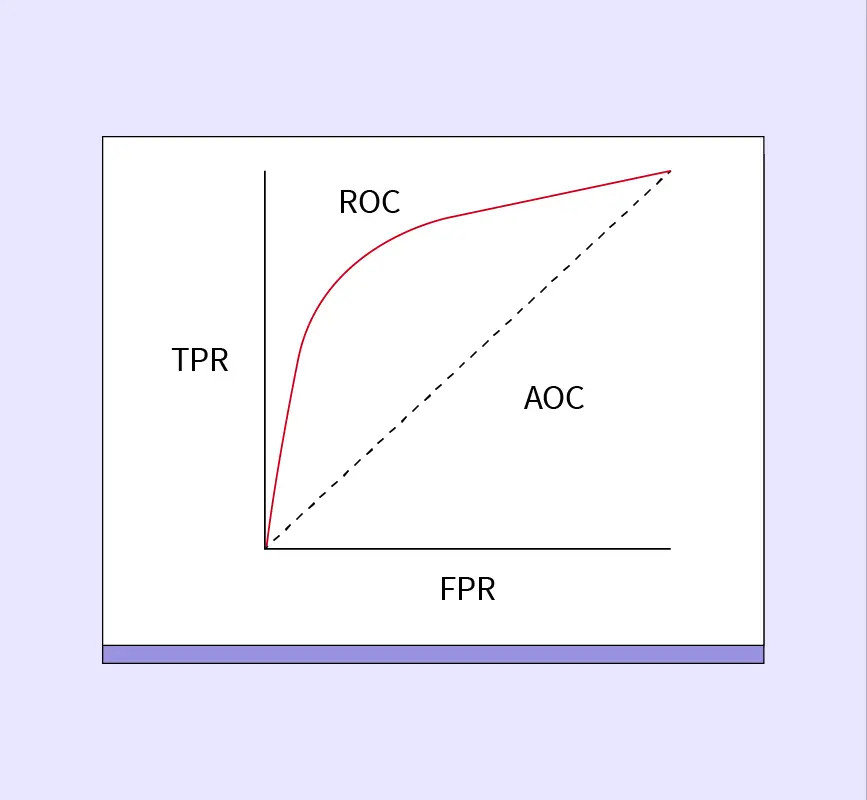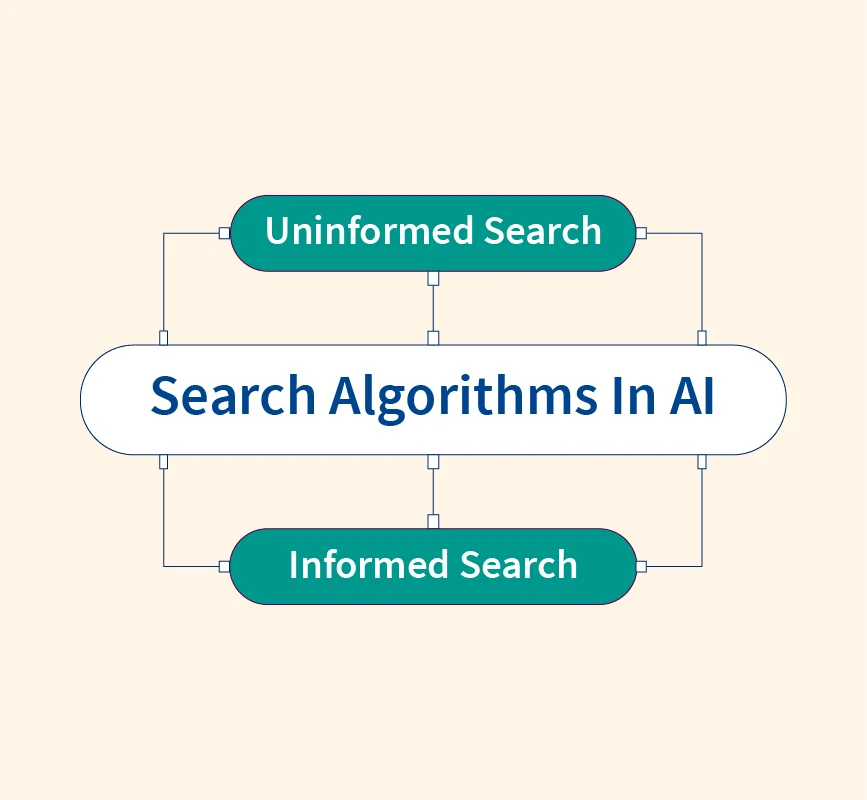The Markov Decision Process (MDP) is a mathematical framework used to model decision-making in stochastic environments. It plays a crucial role in reinforcement learning (RL), robotics, and optimization problems, helping AI systems make sequential decisions under uncertainty.
MDP consists of states, actions, transition probabilities, rewards, and policies, enabling AI models to evaluate and choose the best action based on future rewards. This framework follows the Markov Property, meaning that the future state depends only on the present state, making it suitable for autonomous systems, dynamic programming, and AI-driven decision-making.
Real-World Applications of MDP:
- Robotics: AI-powered robots use MDP to plan movements and optimize navigation.
- Finance: Portfolio management and risk assessment models leverage MDP for optimal decision-making.
- Autonomous Vehicles: Self-driving cars use MDP for path planning and adaptive control.
- Healthcare: AI-driven diagnosis and treatment recommendation systems incorporate MDP principles.
Key Components of a Markov Decision Process
A Markov Decision Process (MDP) consists of several key components that define how an agent interacts with an environment to make decisions over time. These components work together to model sequential decision-making problems in AI and reinforcement learning.
1. States (S)
A state represents the current situation of the agent in an environment. The state space (S) includes all possible states the agent can be in.
In a robotic navigation task, a state could be:
- The robot’s position (x, y) on a grid.
- Whether the robot is carrying an object.
- The battery level of the robot.
Each state helps define the next possible actions and determines how the environment changes based on those actions.
2. Actions (A)
Actions define what choices an agent can take at a given state. The action space (A) consists of all possible actions an agent can execute. The agent’s goal is to choose actions that maximize long-term rewards.
Different types of action spaces:
- Discrete Action Space: A finite number of actions (e.g., “Move Left,” “Move Right”).
- Continuous Action Space: A range of values (e.g., steering angles in autonomous driving).
The agent selects an action based on a policy (π), which determines the decision-making strategy.
3. Transition Model (P)
The transition model P(s’ | s, a) defines the probability of moving from state s to state s’ when taking action a.
The Markov Property states that future states depend only on the current state, not on the sequence of past states. This makes MDPs easier to compute in reinforcement learning and AI planning.
Example:
- In a chess game, the next board configuration (state s’) depends only on the current board position (state s) and the move (action a) taken.
4. Rewards (R)
The reward function R(s, a, s’) assigns a numerical value to a transition, guiding the agent toward an optimal policy.
Examples of Reward functions in MDPs:
- Positive Rewards: Winning a game (+100 points).
- Negative Rewards: Crashing a self-driving car (-100 points).
- Sparse Rewards: Rewards given only at goal states (e.g., solving a maze).
An optimal policy seeks to maximize cumulative future rewards rather than immediate rewards.
5. Policy (π)
A policy (π) is a strategy that defines how an agent selects actions based on the current state. It maps states to actions:
$$\pi(s) = a$$
Types of Policies:
- Deterministic Policy (π(s) = a): Always selects the same action for a given state.
- Stochastic Policy (π(a|s)): Selects an action probabilistically based on a distribution.
Example: In robotic path planning, a deterministic policy might always take the shortest path, whereas a stochastic policy could explore different routes for better learning.
Solving Markov Decision Processes
Markov Decision Processes (MDPs) are solved using different reinforcement learning techniques that help AI agents find the optimal policy to maximize cumulative rewards. The most common approaches include Dynamic Programming, Monte Carlo Methods, and Temporal-Difference (TD) Learning.
1. Dynamic Programming
Dynamic Programming (DP) methods use Bellman Equations to break down decision-making into smaller subproblems, solving them iteratively. The Bellman Equation for state-value function V(s) is:
$$V(s) = \sum_{s’} P(s’ | s, a) [R(s, a, s’) + \gamma V(s’)]$$
where P(s’ | s, a) is the transition probability, R(s, a, s’) is the reward, and γ is the discount factor.
- Policy Iteration: Alternates between policy evaluation (calculating V(s) for a given policy) and policy improvement (updating policy π based on V(s)).
- Value Iteration: Instead of evaluating a policy first, it directly updates the value function to find the optimal solution faster.
DP methods work well for small MDPs, but become inefficient when state spaces are large.
2. Monte Carlo Methods
Monte Carlo (MC) methods solve MDPs by learning from actual experience instead of using transition probabilities. An AI agent explores multiple episodes, collects rewards, and updates its policy based on observed outcomes.
Strengths:
- No need to know transition probabilities.
- Works well for large and complex environments.
Limitations:
- Requires many episodes to learn.
- Cannot update value functions midway through an episode.
Monte Carlo methods are commonly used in games, robotics, and AI simulations, where learning occurs through repeated trials.
3. Temporal-Difference Learning
TD Learning improves on Monte Carlo by updating value estimates after each step, rather than waiting until the end of an episode. It balances exploration and exploitation dynamically.
Q-Learning: A model-free RL algorithm that estimates Q-values (state-action values) using:
$$Q(s, a) = Q(s, a) + \alpha [R + \gamma \max_{a’} Q(s’, a’) – Q(s, a)]$$
- Used in autonomous systems, robotics, and AI-driven games.
SARSA (State-Action-Reward-State-Action): Similar to Q-learning but follows the policy-driven approach instead of always choosing the max Q-value.
TD Learning is widely used in deep reinforcement learning, helping AI agents learn optimal behaviors in real-time applications like autonomous driving and robotic control.
Applications of MDP in AI
Reinforcement Learning and AI Decision-Making
Markov Decision Processes (MDPs) form the foundation of reinforcement learning (RL) by providing a structured framework for AI to make sequential decisions under uncertainty. RL algorithms like Q-learning and Deep Q-Networks (DQNs) rely on MDPs to model environments, optimize policies, and maximize rewards in various AI-driven applications.
Use Cases in Robotics, Finance, and Autonomous Systems
- Robotics: MDPs help robots navigate, manipulate objects, and optimize tasks in dynamic environments.
- Finance: Portfolio management and risk assessment models use MDPs to optimize investment strategies over time.
- Autonomous Systems: Self-driving cars rely on MDPs for route optimization, obstacle avoidance, and adaptive decision-making.
MDPs are applied in healthcare (medical diagnosis), supply chain optimization, and smart grid management, enabling AI systems to make data-driven, optimal decisions. As AI advances, MDP-based decision-making frameworks will continue to enhance automation, efficiency, and adaptability in real-world scenarios.
Read More:


